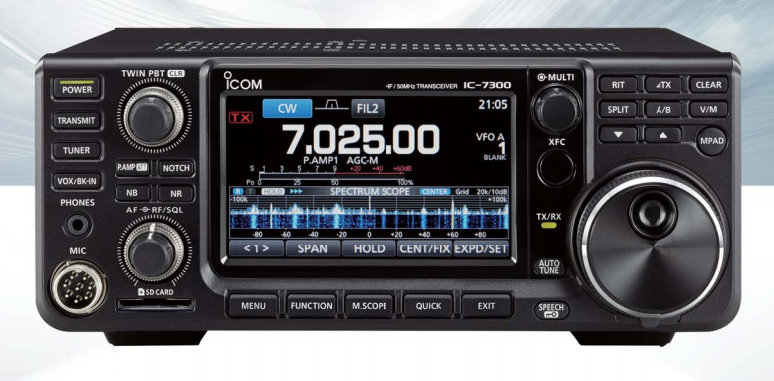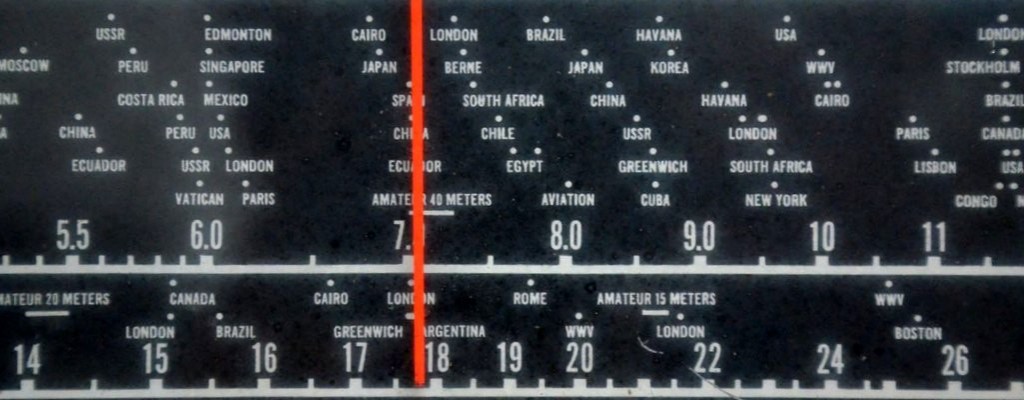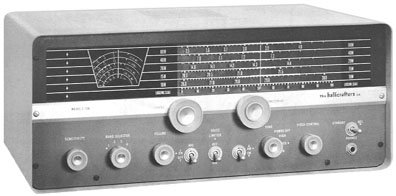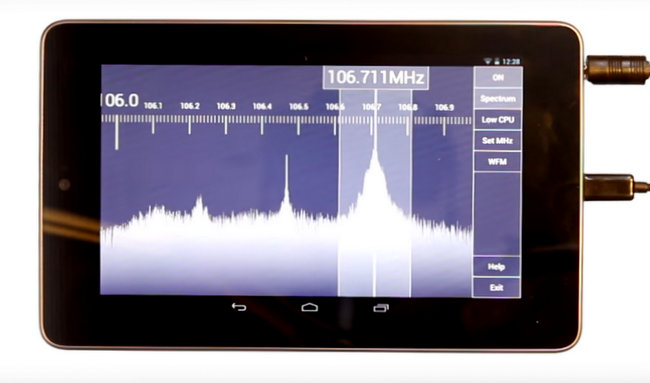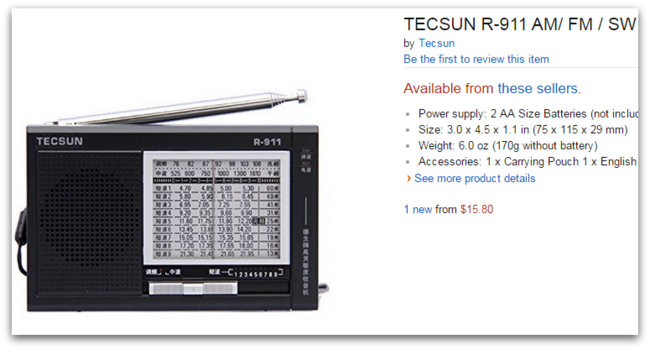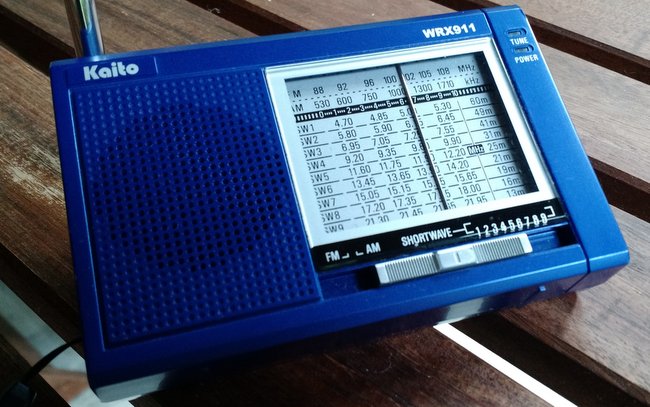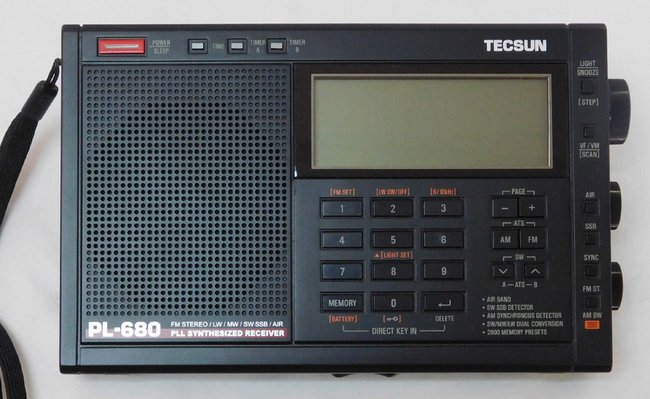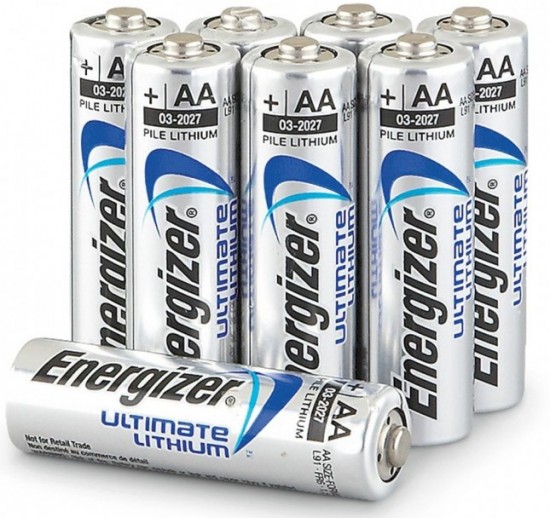
Energizer ultimate lithium cells are designed to be a lighter, longer-life direct replacement for the AA alkaline battery.
Lithium primary, lithium ion, lithium polymer…want to know the differences between–and varied uses for–these diverse types of lithium batteries? You’re not alone…so did I.
Recently, a reader asked about the suitability of using AA Lithium batteries in a Tecsun radio. Several knowledgeable Post contributors–including Richard Langley, Ken Hansen, DL4NO, Eric Cottrell, and Mark Piaskiewicz–responded, and a discussion of the differences in various lithium cells and their chemistry followed.
I was quite intrigued by this discussion, and wanted to learn more; a bit of research ensued. The wonderful folks at Zbattery.com came to my aid, clarifying the compositions of these various batteries and enlightening me regarding their unique applications.
Following is a (nutshell) primer describing what I’ve recently gleaned from these experts on the subject of lithium batteries. First, a brief disclaimer: the scope of this article is modest, explaining briefly the roles and compositions of the most common lithium batteries used by consumers and hobbyists/enthusiasts. So, if you’d like an even more detailed discussion of batteries, please check out the Battery University website.
With that said, there are generally three types of lithium cells:
1. Primary Lithium (non-rechargeable)
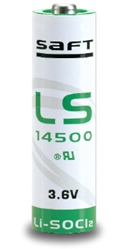
Though this SAFT battery looks like a typical 1.5 V AA, it produces 3.6V and will fry most radios.
Primary Lithium batteries are single-use and should not be recharged under any circumstances. These batteries have a high charge density (i.e., a long life), and as a result, cost more per unit than other single-use (disposable) batteries, such as alkalines.
Primary lithium cells generally produce 3.6 to 3.7 volts; however, there are manufacturers (Energizer and Duracell, to name two) who have developed cell chemistry that lowers this voltage down to 1.5 volts per cell, thus creating a safe, direct replacement for the common AA alkaline battery.
Unless you are purchasing a battery with a AA form factor from Energizer or Duracell, you should double check the voltage of the battery you are purchasing. There are many manufacturers who produce a 3.6 volt primary lithium batteries that have the same dimensions, or form factor, of an AA battery (see photo right), but are used in specialty medical, military, industrial and testing applications in which voltage requirements are higher. These cannot be used interchangeably with conventional AAs, as they will cause harm to a device.
In other words, do your research when purchasing a primary lithium cell! Make sure the voltage matches what your electronic device requires–or as Post contributor, Richard Langley, puts it–“Caveat emptor!” (Buyer, beware!)
2. Lithium Ion (rechargeable)
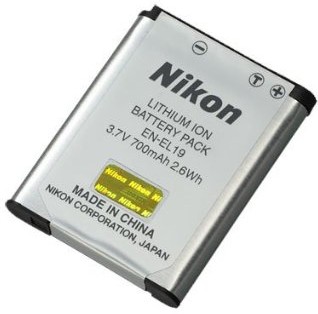 Lithium Ion batteries are currently one of the most popular rechargeable batteries for consumer electronics on the battery market. There are a number of Lithium Ion variations with their own unique chemistries–and their own unique characteristics–but in general these have a high energy density, a modest memory effect, and exhibit only a gradual loss of charge when not in use.
Lithium Ion batteries are currently one of the most popular rechargeable batteries for consumer electronics on the battery market. There are a number of Lithium Ion variations with their own unique chemistries–and their own unique characteristics–but in general these have a high energy density, a modest memory effect, and exhibit only a gradual loss of charge when not in use.
Generally speaking, Li-ion batteries are not available in voltages most radios and other electronics would need, from, say, AA, AAA, C, D, and 9V alkaline. There are manufacturers who produce Li-ion varieties in a AA form factor (they look like AAs), but which produce more than double (3.6V) the peak voltage of an alkaline AA (1.5V); thus, these lithium batteries, too, can only be used in devices designed around these higher voltages–such as specialty flashlights, military, industrial, and medical equipment.
There are a number of radio manufacturers using slim Li-ion battery packs like the one in the image above.
3. Lithium Polymer (rechargeable)
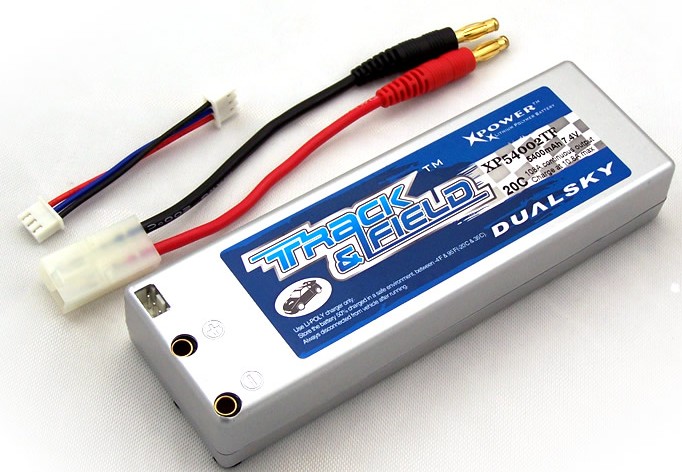
Most LiPo batteries come in a “pouch” format, designed for specific applications,
Lithium Polymer (LiPo, LIP, Li-poly) are rechargeable battery packs that generally produce 3.6 – 3.8 volts when charged. LiPo packs have much of the same charge and discharge characteristics of Li-ion batteries, however, they are lighter in weight and can be designed to fit almost any shape.
LiPo batteries have a very strong following in the world of radio-controlled aircraft and cars–their feather-light weight as well as gradual discharge curve render LiPos almost ideal for these applications. LiPo packs are also used in consumer electronic, solar, and GPS applications, to name a few. LiPo pack variations are currently being considered for use in electric and hybrid vehicles.
Summary
And so, returning to our original post questioning the use of Lithium cells in reader Philip Dickinson’s Tecsun PL-606, the Tecsun representative was absolutely correct: these batteries, it turns out, are not suited for this application, as the voltage is too high for safe use in this Tecsun.
Since I didn’t have a link to the batteries Philip purchased, I assumed Philip might be referring to Energizer Ultimate Lithium AA batteries, which are direct 1.5V replacements for alkaline AA batteries (and why I use an Energizer graphic in the post).
At any rate, it appears that Philip purchased 3.6V primary lithium cells in a AA cylindrical form factor. If he does pop these AA lithiums in his PL-606, it will surely fry the radio as the voltage is more than double what this radio actually requires.
Hopefully, Philip can return these lithium cells and replace them with the Energizer or Duracell 1.5 V AA variety.
Philip, thanks for writing in with this question; learning about lithiums has been most interesting! And hopefully, this primer you’ve invoked will save other radios from harm: readers, do check your voltage requirements before you insert those lithiums.

